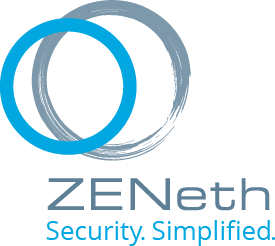
Fighting Back: 5 Tips To Protect Against Ransomware
Cyber Criminals may have had the upper-hand in recent ransomware attacks. However, as organizations, we can learn from these attacks and apply that knowledge to protect our critical resources. Here are some of the key preventative measures to make sure you minimize the chances of a ransomware attack on your educational establishment:
Tip #1: Be Less Vulnerable
Ransomware relies on vulnerabilities in your system. WannaCry, for example, could not have propagated on computers that had applied a Microsoft update that specifically fixed the EternalBlue vulnerability. Keep computers up to date and apply patches promptly.
Tip #2: Be Aware
Many variants of ransomware are delivered via phishing emails. Build security awareness programs that teach your user base about malicious emails and how to avoid infection. Employee training is extremely inexpensive and could potentially save your organization vast sums.
Tip #3: Backup Everything
In terms of cybersecurity you always need to assume it isn’t a case of ‘if’ you get attacked but ‘when’ it will happen. In a worst case scenario, a ransomware infection would mean that essential and critical files would be inaccessible. One way around this is to ensure you have those files backed up. You must carry out backups frequently. You must also ensure that the backup device itself is disconnected from the network to prevent encryption of the backed up files. If you have your files backed up, you will be in a good position to remediate the impact of the infection.
Tip #3 (cont.): Use Penetration Testing
Penetration testing is a way to understand where the weak points are in your system Pen testers are often called ‘white hat hackers’ because they act as hackers to find out how the real cybercriminals would hack into your IT network. Once you have that knowledge you can work out ways to prevent a malicious attack.
Tip #4: Endpoint Management
Managing your endpoints is essential in helping to prevent infection. For example, ensuring that patches are promptly installed. In addition, the use of email scanning for viruses, like ransomware is a useful tool – modern email scanners utilize machine learning to improve effectiveness. Endpoint monitoring also helps to spot ransomware before it has a chance to infect your system. A combination of monitoring and direct protection of endpoints is a very effective combination of preventing ransomware infection.
Tip #5: Security Intelligence
Security intelligence is a holistic way to make sure your organization has the most effective protection against threats such as ransomware. Security intelligence brings together the processes, policies, and the tools needed to fight back against the tide of ransomware attacks.
Ransomware is a terrifying prospect for any educational establishment to deal with. Using the tips above can help make sure your organization is educated in dealing with ransomware threats. If you are still concerned about Ransomware, check out ZenOpz blog post The CyberWar on Small Businesses to learn about how a managed security service can help protect your business. Let’s make sure that 2018 doesn’t become yet another year of ransomware.

